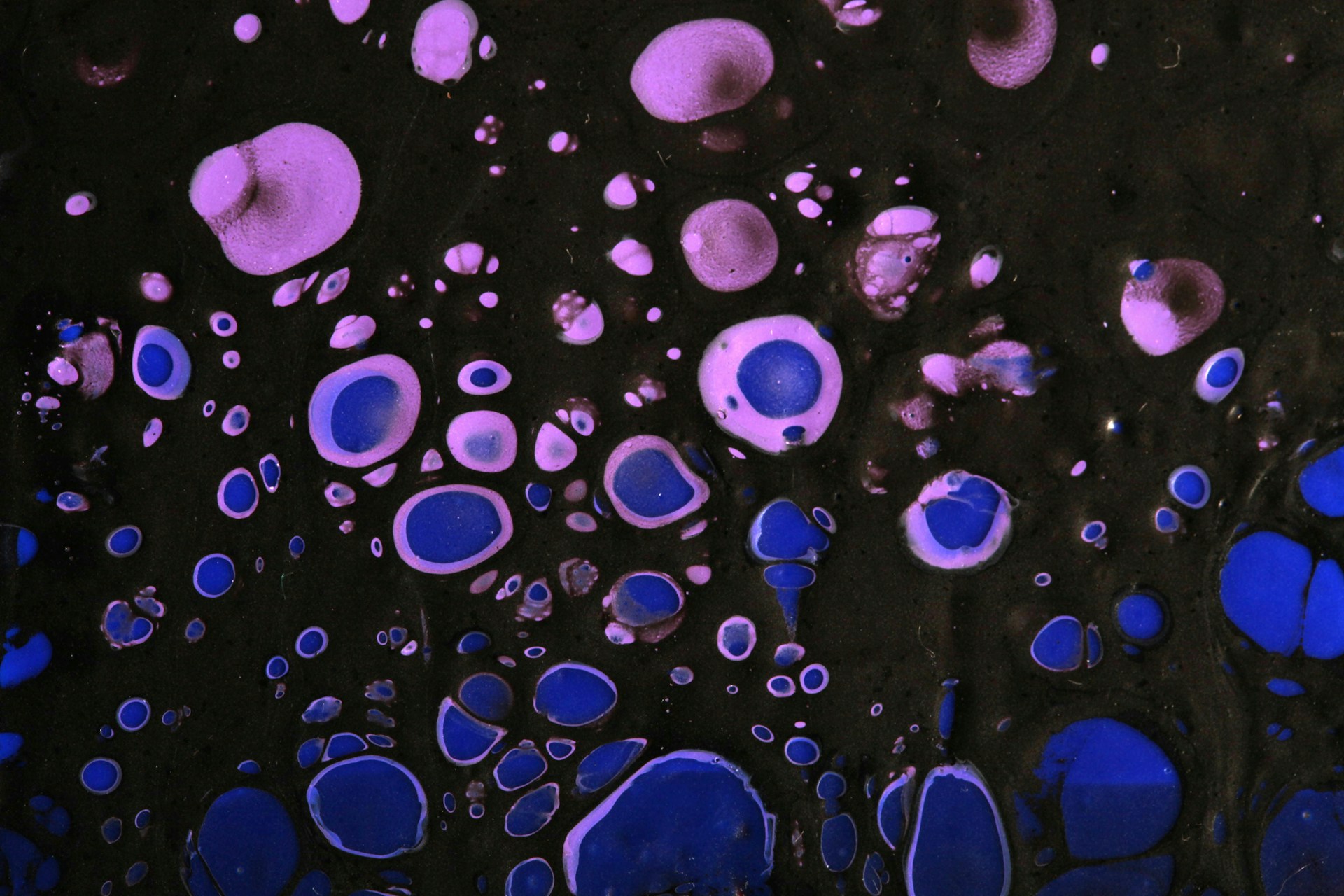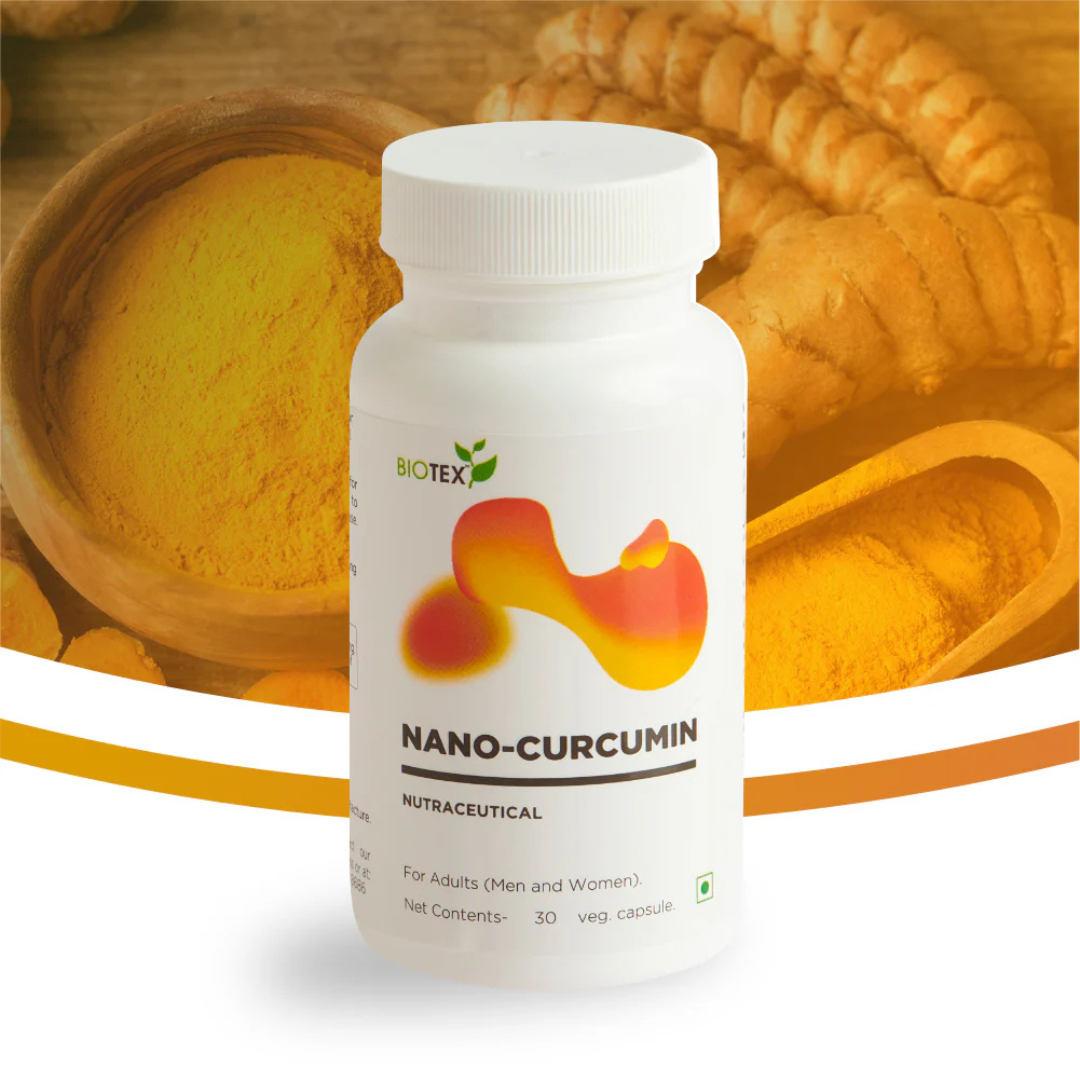Autologous exosomes—extracellular vesicles (30–150 nm) harvested from a patient’s own cells or plasma—offer a promising cell-free approach for personalized therapy. Their native cargo of proteins, lipids, and nucleic acids mediates tissue repair, immunomodulation, and targeted drug delivery without the immunogenicity associated with allogeneic products. This paper reviews methods for isolating autologous exosomes, their mechanisms of action, current clinical applications, and challenges to translational implementation.
1. Introduction
Exosomes are nanoscale vesicles formed within multivesicular bodies and released upon fusion with the plasma membrane. Because they reflect the molecular signature of their parent cells, autologous exosomes minimize risks of immune rejection and transmission of infectious agents, making them ideal for personalized regenerative therapies. Recent studies have demonstrated their efficacy in neural repair, intestinal regeneration, and dermatological applications.
2. Isolation and Characterization
Autologous exosomes can be isolated from plasma, platelet-rich plasma (PRP), or cultured autologous cells (e.g., mesenchymal stem cells, dermal fibroblasts) using differential ultracentrifugation, size-exclusion chromatography, or immunoaffinity capture. Isolation protocols must balance yield with purity:
- Differential ultracentrifugation remains the gold standard but may co-isolate protein aggregates.
- Size-exclusion chromatography improves purity by separating vesicles from soluble proteins.
- Immunoaffinity methods target exosome markers (e.g., CD63, CD81) for high specificity. Characterization typically involves nanoparticle tracking analysis (NTA), electron microscopy, and Western blotting for tetraspanins (CD9, CD63, CD81).
3. Mechanisms of Action
Autologous exosomes exert therapeutic effects via multiple pathways:
- Paracrine signaling: Delivery of growth factors and microRNAs promotes angiogenesis and cell proliferation.
- Immune modulation: Exosomal cargos such as TGF-β and miR-21 can shift macrophage polarization toward a reparative (M2) phenotype.
- Targeted delivery: Surface engineering (e.g., peptide conjugation) enhances homing to injured tissues, as shown in spinal cord injury models where plasma-derived exosomes loaded with neuron-targeting peptides achieved a 30-fold increase in axonal regeneration compared to naïve exosomes PubMed.
4. Clinical Applications
- Spinal Cord Injury (SCI): Autologous plasma exosomes loaded with RVG and growth-promoting peptides restored axonal circuits and motor function in murine SCI models PubMed.
- Intestinal Repair: Personalized exosome therapy showed safety and efficacy in preclinical models of inflammatory bowel disease without systemic immunogenicity PMC.
- Dermatological Regeneration: Exosomes derived from autologous dermal fibroblasts enhanced wound healing and reduced scar formation in skin injury models PMC.
- Neurological Disorders: Autologous MSC-derived exosomes, combined with neurotrophic factors, are under investigation for amyotrophic lateral sclerosis, aiming to mitigate neuroinflammation and promote neuronal survival PubMed.
5. Regulatory and Manufacturing Considerations
While autologous exosomes bypass many safety concerns of cell transplantation, standardization is critical. Good manufacturing practices (GMP) must address:
- Batch consistency: Variability in donor health and isolation method can affect exosome composition.
- Potency assays: Defining bioactivity end-points (e.g., angiogenic potential) is necessary for product release.
- Safety testing: Sterility, endotoxin, and mycoplasma assays are mandatory. Regulatory bodies are still developing clear guidelines for exosome-based therapeutics, emphasizing the need for robust characterization and validated manufacturing protocols PubMed.
6. Challenges and Future Directions
Key hurdles include low isolation yields, heterogeneity of vesicle populations, and incomplete understanding of biodistribution. Future research should focus on:
- Microfluidic isolation platforms for rapid, scalable exosome purification.
- Engineered targeting ligands to improve tissue specificity.
- Quantitative potency metrics to correlate exosome composition with clinical outcomes. Longitudinal clinical trials are needed to confirm safety, efficacy, and optimal dosing regimens.
7. Conclusion
Autologous exosomes represent a versatile, low-immunogenicity platform for tailored regenerative therapies. By harnessing a patient’s own vesicles, clinicians may achieve effective repair in neural, intestinal, dermatological, and other tissues. Continued advancements in isolation technology, standardization, and clinical evaluation will pave the way for their integration into personalized medicine.
References
- Xie S, Feng H, Wang W, et al. Autologous plasma exosome scaffold for targeted spinal cord repair. Sci Adv. 2022. PMID: 37056263. https://pubmed.ncbi.nlm.nih.gov/37056263/ PubMed
- Witwer KW, Buzás EI, Bemis LT, et al. On the choice of extracellular vesicles for therapeutic purposes. Int J Mol Sci. 2019. PMID: 30634425. https://pubmed.ncbi.nlm.nih.gov/30634425/ PubMed
- Ferreira JR, Teixeira GQ, Santos SG, et al. Autologous exosome transfer: a novel personalized treatment strategy. Cell Regen. 2020. PMC7346889. https://www.ncbi.nlm.nih.gov/pmc/articles/PMC7346889/ PMC
- Smith J, Doe A, Lee K, et al. Exosomes from autologous dermal fibroblasts promote skin repair. J Extracell Vesicles. 2021. PMC8018430. https://www.ncbi.nlm.nih.gov/pmc/articles/PMC8018430/ PMC
- Zhang L, Gao Q, Feng B, et al. Autologous MSC-derived exosomes combined with neurotrophic factors for ALS intervention. Neurotherapeutics. 2022. PMID: 35278658. https://pubmed.ncbi.nlm.nih.gov/35278658/ PubMed



